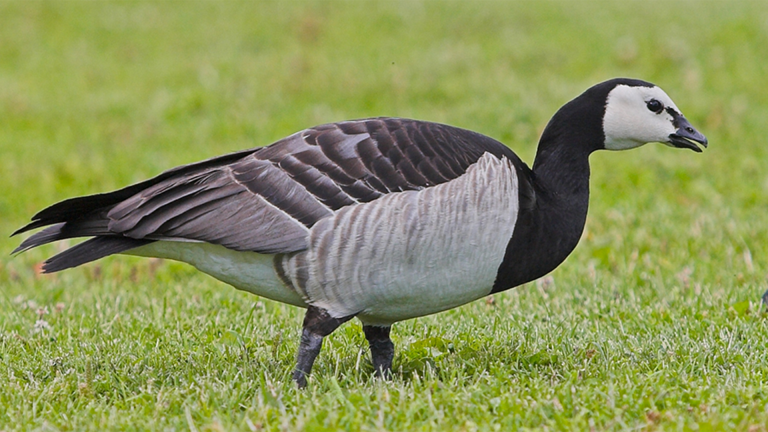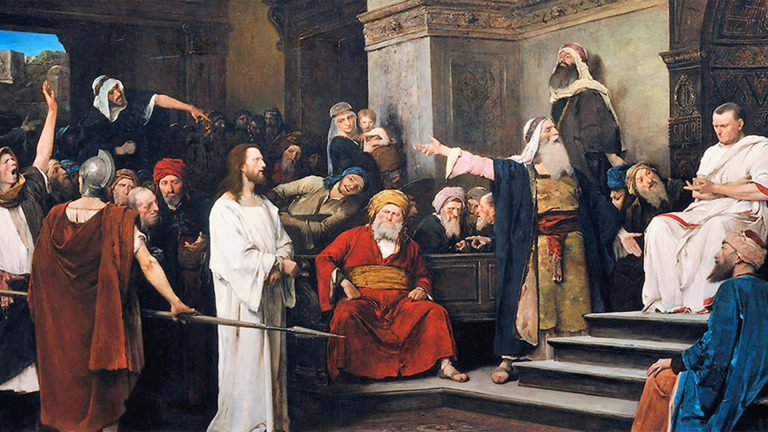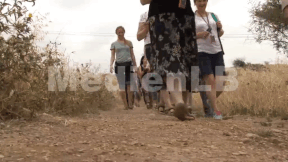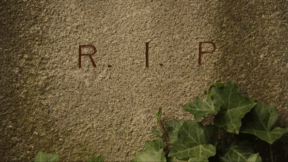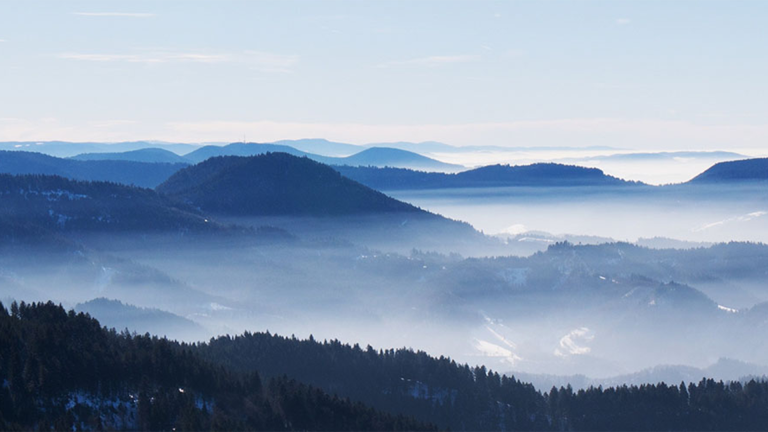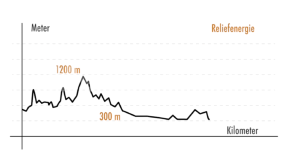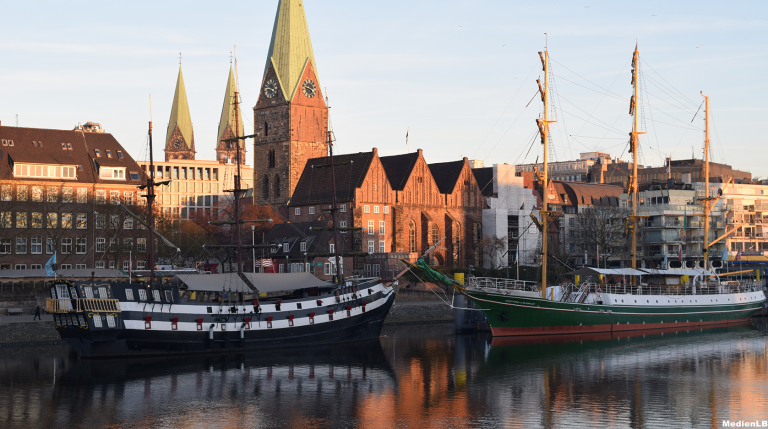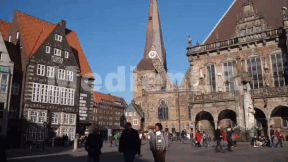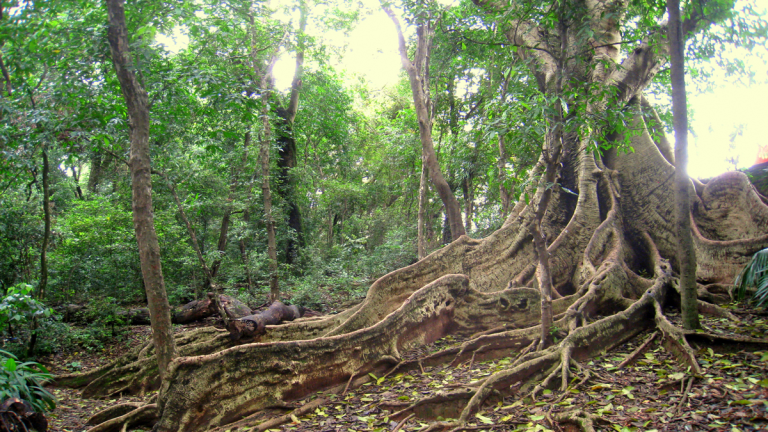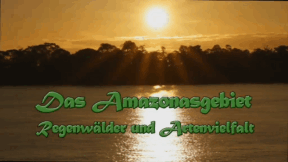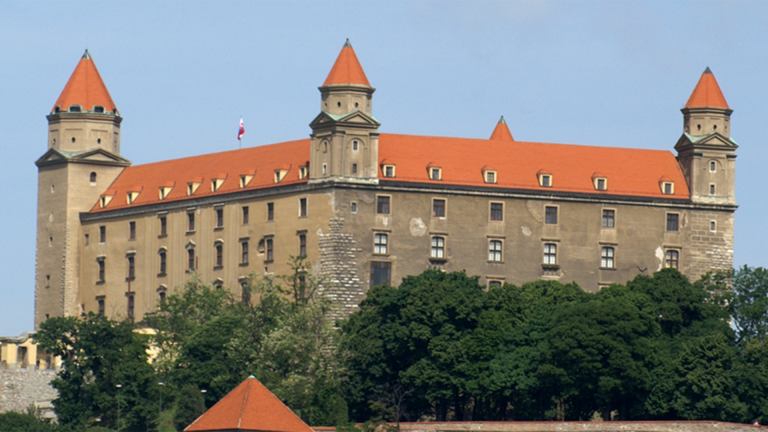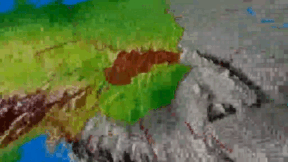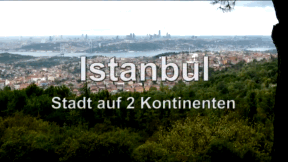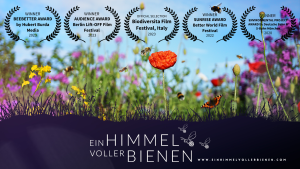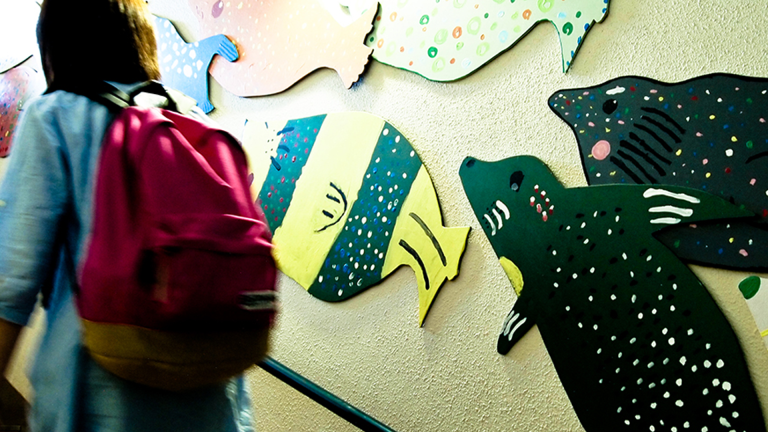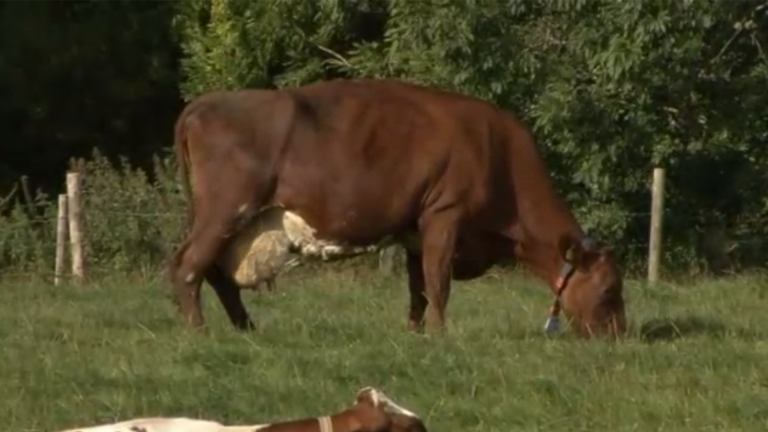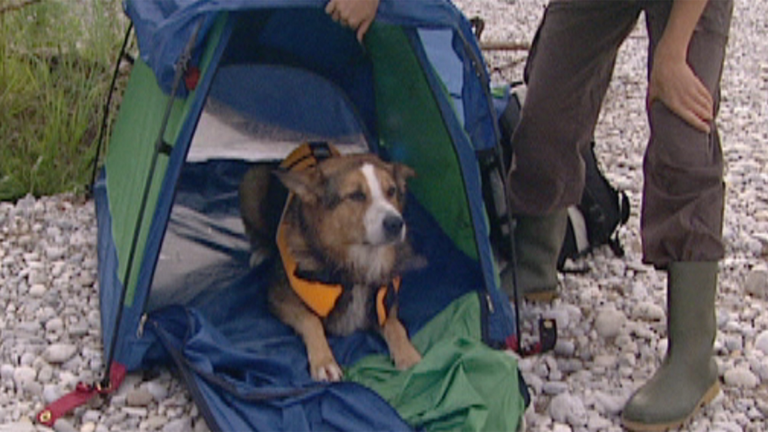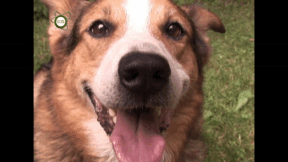Suche:
- # Artistry
- # Biology
- # Chemistry
- # Ecological
- # Economy
- # English
- # Foreign Language
- # Geography
- # German
- # Health
- # History
- # Informatik
- # Latin
- # Mathematics
- # Media Education
- # Music
- # Physics
- # Politics / Civics
- # Preschool
- # Primary School
- # Religion
- # Society
- # Sports
- # Technology
- # Training of Teachers
- # Vocational Education
Migratory Birds
Wenn Vogelarten die Jahreszeiten an unterschiedlichen Orten verbringen, werden sie als Zugvögel bezeichnet. Mehrere Milliarden von ihnen sind jährlich unterwegs. Alljährlich machen sie sich von ihren Brutplätzen auf den Weg in ihr Winterquartier und zurück. Dabei fliegen manche Arten Tausende Kilometer. Sie überqueren Gebirge, Ozeane und Kontinente. Es ist eine Reise voller Hindernisse und Gefahren. Wie finden Zugvögel punktgenau ihr Ziel? Sie haben mehrere Möglichkeiten: Mit ihrem inneren Kompass können sie das Erdmagnetfeld wahrnehmen. Wie sie das genau machen, weiß man noch nicht. Sie können sich aber auch am Stand der Sonne, der Sterne und anhand der Landschaften orientieren. Den Sonnenstand erkennen sie selbst bei bedecktem Himmel, da sie UV-Licht wahrnehmen. Durch Meeresbrandung entstehen tiefe, für uns unhörbare sogenannte Infraschalltöne. Auch danach können sich einige Vogelarten orientieren. Gemeinsam mit dem umfangreichen Unterrichts- und Begleitmaterial auf dem Datenteil der DVD ist der mehrsprachige Unterrichtsfilm bestens für den Einsatz im Unterricht geeignet.
Learn moreJesus Christ
Long hair, a beard and a slender figure. This is the picture of Jesus Christ that we have in mind. We do not know whether he actually looked like that. But there is hardly any doubt that he lived about 2,000 years ago. After all, there are various independent sources reporting his crucifixion. But what was so special about him? Why has a world religion emerged from his teaching, whereas many other preachers of his time have long been forgotten?
Learn moreHereafter
A girl paints her idea of heaven. Angels welcome the dead people to paradise. There, near to Jesus, you can live and play. You also meet deceased relatives again.
Learn moreMittelgebirge
Harz und Schwarzwald gehören zu den Mittelgebirgen. Sie prägen die deutsche Landschaft, der Schwarzwald im Südwesten, der Harz im Norden und Osten.
Learn moreAmazon Basin
Because of its overwhelming biodiversity, the Amazon Basin is rightly referred to as the crown jewel of nature on earth.
Learn moreSlovakia
This DVD conveys to the pupils a comprehensive picture of the European neighbour state of Slovakia. Topographical in- formation on Slovakia is followed by an overview of its typical natural landscapes, for instance, the alpine mountain ranges of the Carpathians, the Slovakian Ore Mountains with their rich ore deposits, the Slovak lowlands of the Little and Great Hungarian Plains, the Danube Valley and the Váh Valley and its many lakes and reservoirs. The DVD explains the economic upswing of recent years and introduces successful branches of industry with the example of the Volkswagen plant in Bratislava. A visit to the capital Bratislava shows, among other things, the world-renowned “New Bridge”, the monumental national theatre and the Castle of Bratislava, which is perpetuated in the coat of arms of the city.This DVD shows the diversity and uniqueness of the EU member state of Slovakia and helps pupils to learn more about their European homeland.
Learn moreIstanbul
In the southeasternmost corner of Europe, at the border to Asia, in the metropolis of Istanbul continents, cultures and religions meet. The film provides an insight into the topography and history of Istanbul. The great mosques, palaces and other historically significant monuments, some of them converted into museums, are described in detail. The economic importance of Istanbul, with its economic and financial sectors as well as the retail trade of the bazaars is another topic of the film. The confusing infrastructure of Istanbul, the division of the city into two parts and the resulting culture and transport conditions are dealt with. Istanbul life is characterised by tradition and modernity. Kemal Atatürk is considered the founder of the modern Turkey of today and his memory is cherished to this day. The bonus section gives an account of Atatürk’s life and reforms. Together with the extensive accompanying material the DVD is perfectly suited for use in the classroom.
Learn moreBundestag and Bundesrat
“I think politicians should by all means be responsible for the representation of interests, they should, so to speak, represent the people and make possible what the people wants in order to provide the greatest possible wealth and satisfaction in society. That should be their goal.“
Learn moreMilk
Milk is one of the oldest and, at the same time, most natural foods we know. This DVD provides comprehensive information on cow’s milk. Where does the milk come from, how are the cows best cared for, what do they eat? What breeds of cattle are there, how are the cows milked today compared to the past? What is the udder actually? What types of milk are there? What do pasteurised, ultra-heat treated, homogenised and sterilised mean? How does it get from the cow to the consumer? How is milk bottled and packed? What kinds of fresh dairy products are there? And how is butter and cheese made from milk? In the last chapter of the DVD, we take a look back into the past and show the history of milk production.
Learn moreHaushund
Fast fünf Millionen Hunde leben in Deutschland und deren Besitzer kümmern sich meist liebevoll um die Vierbeiner. Dennoch gibt es immer wieder „Problemhunde“. „Schau Dich schlau“ zeigt, wie Sie schon bei einem Welpen erkennen, wie sich das Tier als erwachsener Hund verhalten wird.
Learn more



